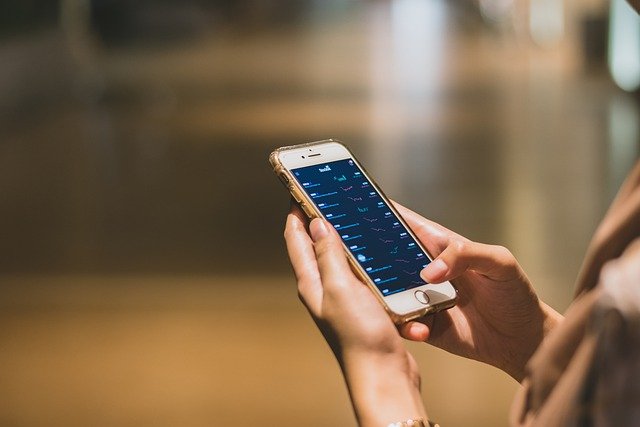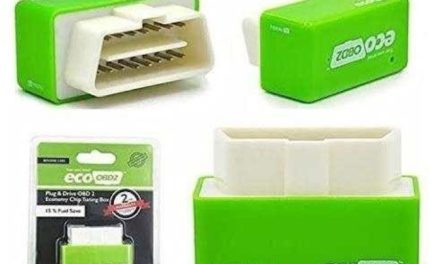This article explains how to create a money transfer app in eight steps. It will help businesses understand what to do and what to avoid in the process of developing their app.
The remittance market used to be dominated by traditional money transfer companies such as Western Union, MoneyGram, and Ria. However, innovation and technologies are changing the game.
The digital remittance market has become one of the fastest-growing markets in the world with a worth of over $19 billion in 2022. And it is expected to grow to $60 billion by 2030.
In the meantime, mobile money transfer apps have become a cheaper alternative to traditional remittance providers because they don’t require a bank account or credit card. Users appreciate reduced fees and transaction costs, while businesses start thinking of how to create a money transfer app.
However, the process of creating a profitable app is not easy. There are several steps to take before the launch. Let’s focus on them below.
Main Types of Money Transfer Apps
We have seen a rise in money transfer software over the last few years. Here are three major types.
Mobile OS Systems Like Apple Pay and Android Pay
Mobile payment systems like Apple Pay and Android Pay are becoming more and more popular in the day to day life. These cash transfer apps allow users to send and receive cash, as well as pay for goods and services using their smartphones.
The two systems are similar in many ways, but they also have some key differences.
Android Pay is a mobile payment service developed by Google. It was announced at the Google I/O conference on May 28, 2014, and released on September 10, 2014. The service allows Android users with NFC-enabled devices to make contactless payments at any retail store with a contactless terminal.
Apple Pay is a mobile payments service developed by Apple Inc. It lets Apple device owners make secure purchases in stores with a touch of their finger or Apple Watch. Users can pay for items within apps from the App Store or iTunes Store without typing in their account password or credit card number.
Independent Services Like PayPal and Cash App
Many services have been created to provide financial independence. PayPal was one of the first companies to offer this service. It is now a global leader in online payment solutions and has over 325 million customers.
The Cash App is another example of a financial service that offers independence by allowing users to make purchases without the need for a bank account or credit card.
These apps offer many benefits to their users, such as paying for products or services virtually anywhere at any time, sending money through email or text messages, and more.
Online Banking Services Like Zelle and Dwolla
Online Banking is a way for people to transfer money from one bank account to another without using cash or checks.
Zelle is one of the most popular online banking services in the United States. They offer a quick, easy, and secure way to send money to friends, family members, or anyone else with an email address or phone number.
Zelle is a service offered by banks and credit unions to send money to people with a bank account at their institution. The service also has an ATM locator, so users can find nearby ATMs where they can withdraw cash using Zelle.
Zelle has been around for more than 10 years and are widely used by US consumers for transferring money.
Dwolla, Inc. is a fintech company powering innovations with sophisticated account-to-account payment solutions. Dwolla’s robust platform, low-code API and partnership ecosystem simplify the complex process of integrating with the various payment networks to create a single end-to-end solution. Integrating Dwolla’s modern payment technology gives a business the ability to program payments in real-time, on the same day or to a debit card 24/7.
Remittance App Development Stages
Remittance app development is a complicated process requiring expertise in many fields and can be broken down into the following 8 stages.
Do a Remittance Market Research
The first stage of a remittance app development is to conduct market research. Its main goal is to determine the size of the market and how it compares with other markets, identify the key players in the industry and target audience.
When identifying the target audience and their problems, it is necessary to find out what people are looking for and what they need the most when it comes to money transfer apps. You can use surveys, interviews, and other research methods like focus groups.
This will help select the right features to include in the app, define the requirements for the project, and set up milestones.
Create a User Journey Map
A user journey map visually represents the customer’s experience with an app. It can be used to identify pain points and opportunities for improvement. It will help identify and prioritize the most important steps in the process.
This map is a useful tool for understanding what users want from a money transfer app and how to improve their experience. It should include the users’ initial intent, their steps when using the app, and the emotions they experience. The map should also have a description of the money transfer functionality that is available on the app.
Decide on Main Features to Include
Money transfer apps should offer an easy and quick way to send money to a friend or family member within one country or worldwide with a few clicks.
Also, users want to keep track of all transactions and get notifications when they are due.
All in all, money transfer apps should have:
- A user-friendly interface and design;
- A variety of currencies and ways to send money;
- The ability to track the status of the transfer;
- An inbuilt calculator for currency conversion.
Design a User-Friendly UI/UX
User-friendly design is a must for any app. It’s not only about the app’s layout but also about how it works. The app should be intuitive, simple, and easy to use so that even a child can use it.
At the same time, money transfer apps should be aesthetically pleasing, engaging to use, and provide a secure environment for their users.
Generally, there are three main types of design:
1) Basic design is all about the content and the basic layout. It doesn’t focus on the layout or appearance at all.
2) Formal design is also focused on content but emphasizes appearance more than basic design.
3) Interactive design focuses on how users interact with the app and what buttons they push.
To implement ideas into life, designers create wireframes, prototypes, and design layouts.
Develop Money Transfer Portal
A money transfer portal is a digital platform that allows customers to send and receive money anywhere in the world. It functions as an intermediary between the sender and recipient.
When creating the portal, businesses should hire a dedicated development team or partner with a vendor who will assign the required specialists for the project.
The process of money transfer app development should start with creating an MVP (minimum viable product). It will help test the idea, gather customers’ feedback, see how they use the app, and what new features they want.
Plus, the QA team will check if any bugs need fixing.
Connect with CRM System and User Management Software
A CRM system is software that is used to manage customer relationships, analyze customer data, and organize marketing campaigns or sales processes. It is a centralized place for all the information related to customers.
A user management software helps manage the users’ accounts, assign permissions, and provide reports on their activities.
Connecting your money transfer app with these two systems will help understand customers better and improve marketing campaigns by targeting remittance software users more effectively.
Reports and Accounting Maintenance
Users expect to have reporting and accounting to monitor all transactions made through the money transfer app, maintain the integrity of the data, and ensure that they have enough funds to keep up with the demand for transfers.
In addition, they need access to information on the status of the money transfer and any changes in currency rates.
With these reports, users can remain calm that they are not losing much money in the process and keep track of their finances.
Security/Privacy Compliance
With the rise of data breaches, protecting sensitive data and personal information is more important than ever. To verify users and prevent fraud, it is recommended to implement the following:
- Anti-Money Laundering (AML) and Know Your Customer (KYC);
- Data encryption;
- Backups and recovery;
- Limited access to certain parts of the app;
- Session time limits.
Conclusion
More and more people are using money transfer apps for their everyday needs. These apps help avoid the hassle of going to the bank and waiting in line. They significantly simplified the life of people who regularly need access to their money.
At the same time, the remittance software’s popularity means lots of potential users will eagerly await your app.
Thus, money transfer app development is an idea worth pursuing for FinTech businesses.







Recent Comments